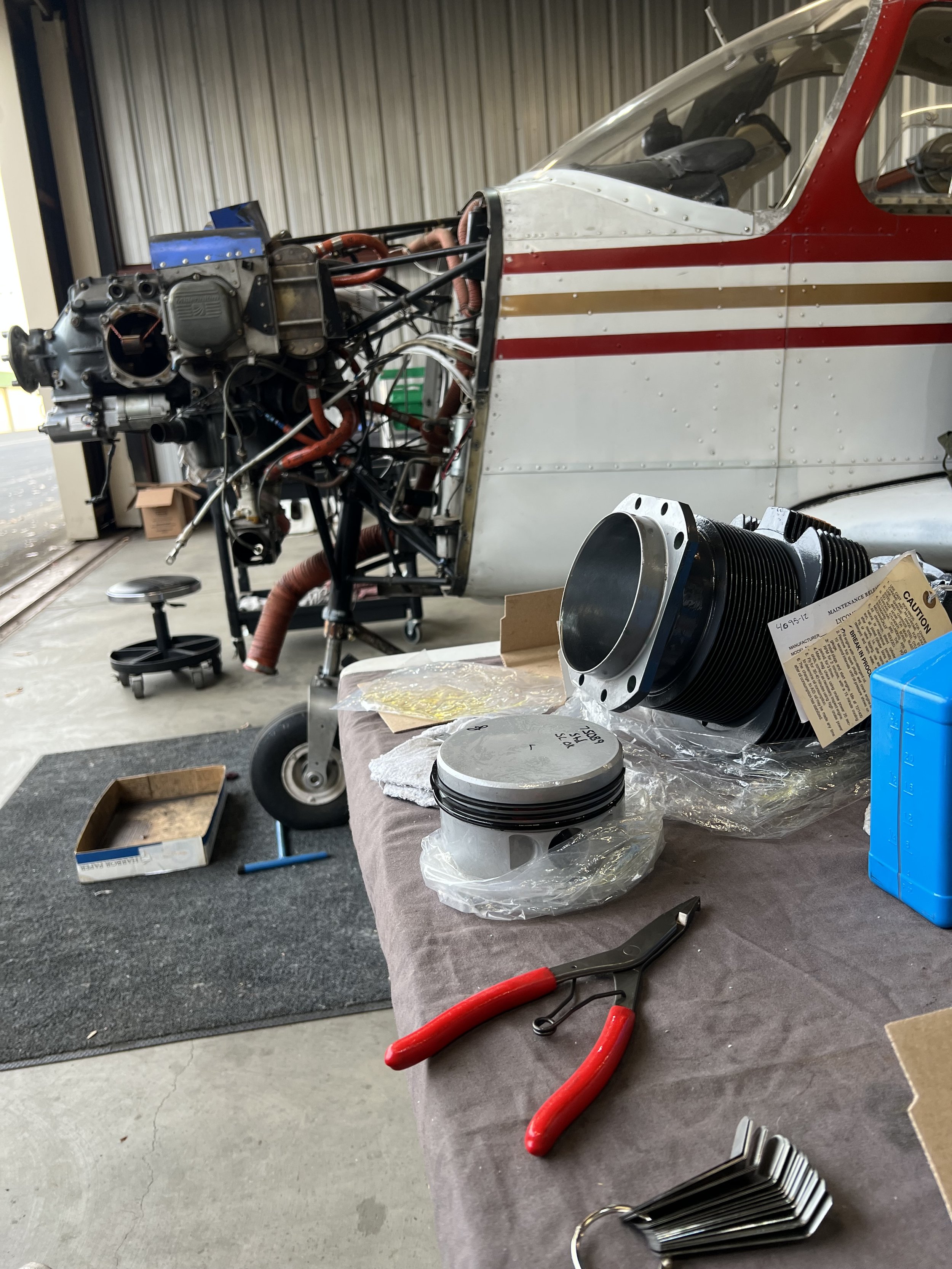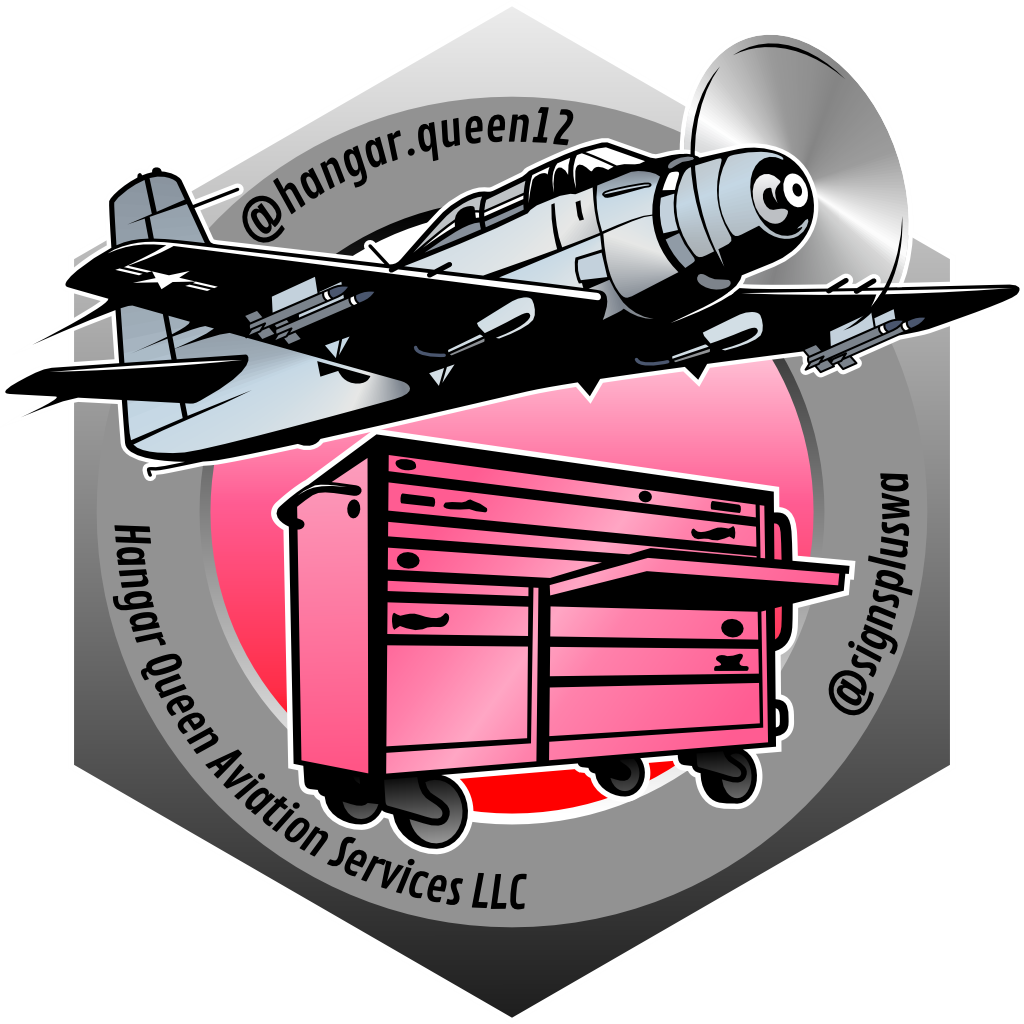
Airworthiness Responsibility:
What Does That Mean To You The Owner?
-
As an A&P (Airframe and Powerplant) mechanic with an IA (Inspection Authorization), I have the authority to conduct and sign off on an aircraft's inspection, returning it to service. Under Part 91, every certified aircraft must be inspected every 12 calendar months. However, despite my qualifications, I do not hold the ultimate key to determining airworthiness.
Airworthiness, as defined by the FAA, means an aircraft is in a condition for safe operation and conforms to its approved design. You might assume the entire responsibility for this lies on my shoulders. But you'd be wrong. The FAA has built in safeguards, and it actually shifts much of the responsibility onto you, the aircraft owner.
FAR 91.403 enters the chat.
-
Is the owner expected to be a mechanic? Not necessarily. However, you are expected to be more informed than the average person. So, let me introduce the most important regulation for aircraft owners: FAR 91.403, which states that the owner/operator is PRIMARILY responsible for maintaining their aircraft in an airworthy condition including those requirements under FAR part 39. For more information on what FAR part 39 is please refer to my section on terms to know under “Airworthiness Directives”
Now, I can hear someone asking, “Cassidy, how am I expected to do that without the certifications?” According to the FAA, you are expected to be actively involved. This means being aware of airworthiness directives and understanding the regulations and manufacturer recommendations for your specific aircraft. This is how you become an informed and responsible owner. Was there a pamphlet explaining this when you bought your plane? Of course not, which is why I'm writing this.
-
Aviation operates on checks and balances. Let’s use a hypothetical scenario: I perform an annual inspection on your airplane and find a crack in the vertical stabilizer. I inform you of the issue, explaining that according to maintenance manuals, this is an airworthiness concern. I explain the risks and potential failures, and then I leave the decision in your hands. You have the right to fix it or not. You have the right to a second opinion. I have no say in your choice.
To protect myself, we can complete the inspection and I can sign the logbook with a discrepancy list, noting the aircraft is unairworthy. You would then need another mechanic to perform the repair.
Please note that only an IA can sign off an annual inspection however if an aircraft is signed off as unairworthy a certified A&P can sign off the repairs needed to complete the list of unairworthy items.
Alternatively, you can pay my bill, push the aircraft out, and get that second opinion without any sign-off from me. The decision to fix the problem is entirely yours.
If an aircraft is deemed unairworthy and you choose to have a second opinion and that opinion is not located at the airfield you are currently at you can have that mechanic apply for a ferry permit to relocate the aircraft. For more information on a ferry permit please refer to my list of terms to know under “Ferry Permit”
-
This places a significant responsibility on your shoulders to be educated. In my 10+ years in this industry, I’ve never seen a class to prepare owners for the deep end of aircraft maintenance.
What they don't teach in A&P school is that owners aren't always educated on these intricacies, just as we aren't taught that owners legally share our responsibility.
Airworthiness is a relationship between the mechanic and the owner. Relationships require effective communication to succeed. So, when it comes time for your annual, you must assume your role. I haven't developed the ability to read minds, and I’m sure you haven’t either. Don’t hesitate to ask questions, get involved, and learn as much as you can. It will make you a safer and more informed owner.
